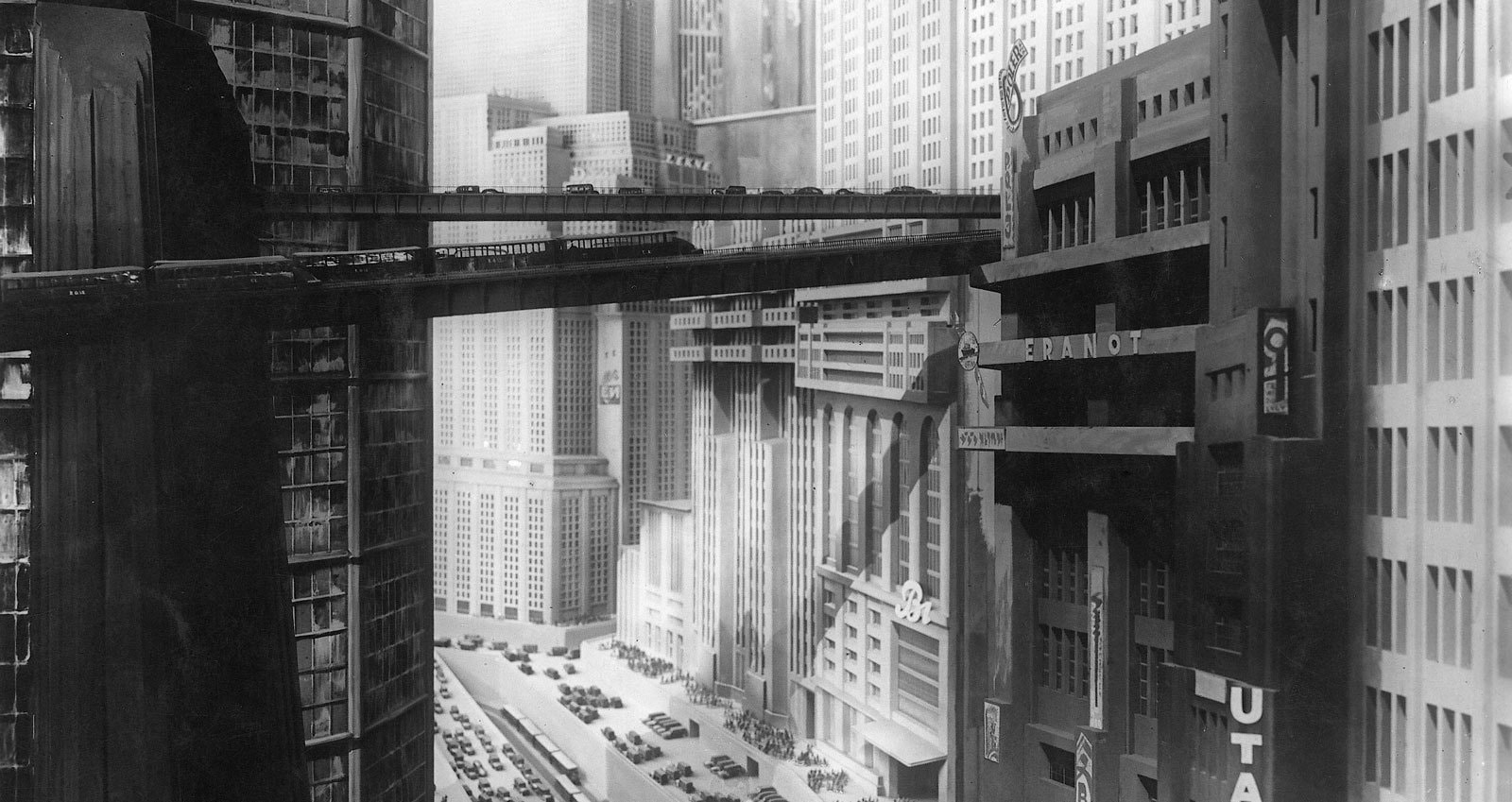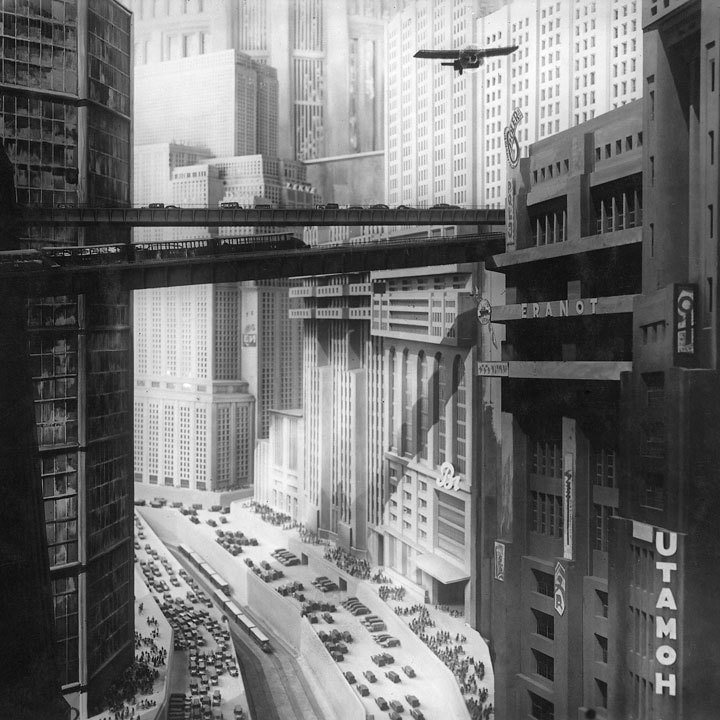The lecture explores cinema’s ability to transform the real world and generate new non-existent spaces.
Cinema’s ability to present reality as it is has always remained questionable. The frame, perspective, and editing all contribute to the making of a new version or interpretation of the real world.
Lev Kuleshov on his cutting table constructed a "created surface of the Earth"; Sergei Eisenstein split the world into frame atoms and reassembled them into new worlds like a demiurge; Fritz Lang converted the expressionist “externalization” into an objectivist chronotope of the future. Whether real or built for the film set, works of architecture have come to be seen as utopian metaphors of harmony, order, control and hierarchy.

